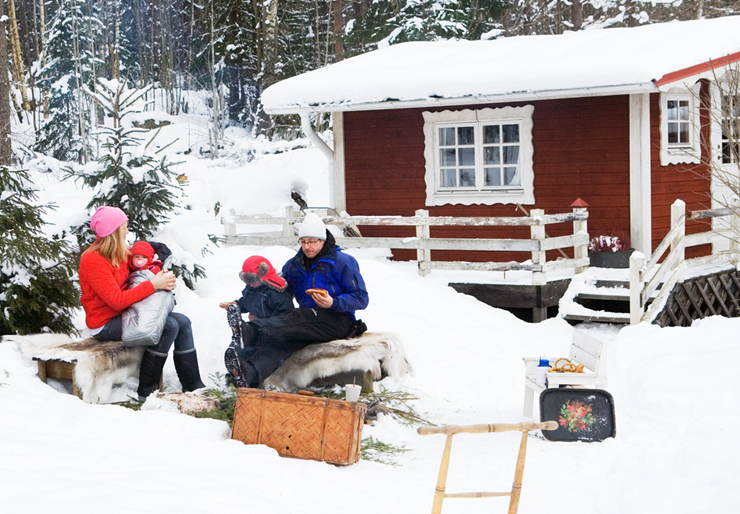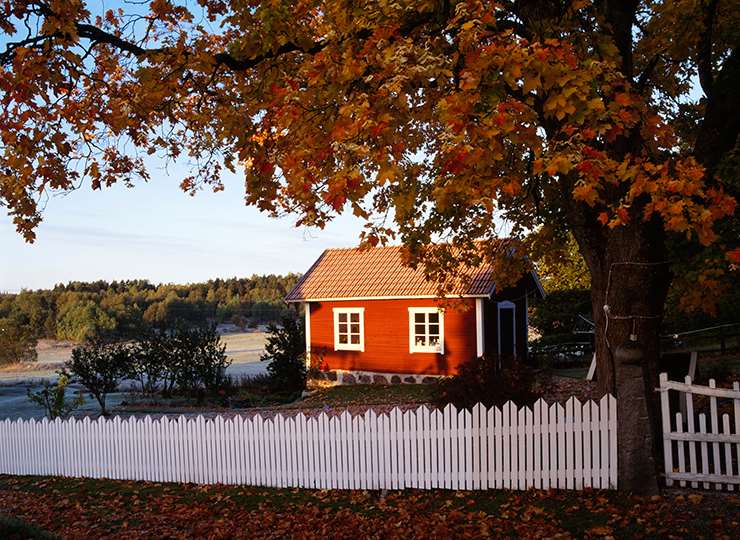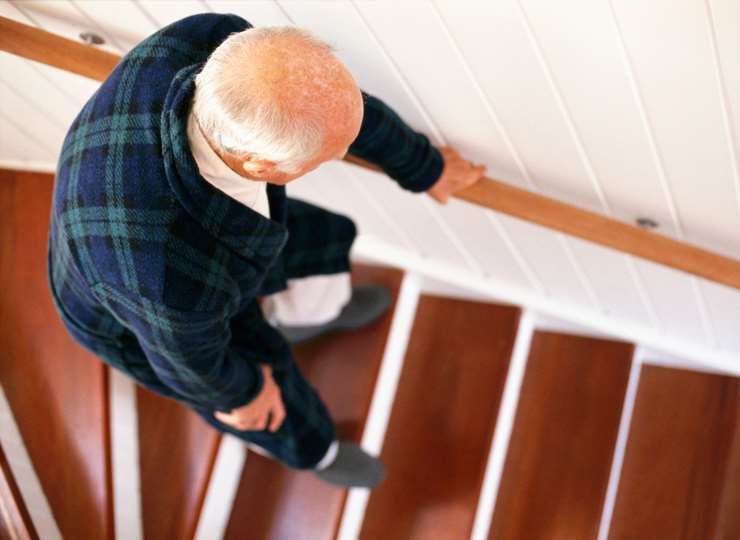
Remember the smoke alarm in your cabin
Did you know that the fire safety requirements that apply to regular homes also apply to cabins? Here are the requirements and a fire safety checklist for your cabin.
In the last 10 years, a total of 25 people have lost their lives in fires in cabins and holiday homes. The most common causes of fires in cabins are open fires and the electrical system.
Remember new batteries
Most fires start at night. A smoke alarm in working order is an inexpensive way of making sure that you get out in time. A fire alarm system or smoke alarm(s) must be fitted to all dwellings, cabins and holiday properties. There must be at least one smoke alarm on each floor. This must cover the kitchen, living room, and zones outside bedrooms and technical rooms. There must not be a door between the room in which the smoke alarm is installed and the area which it is designed to cover. For example, if you have a smoke alarm in the living room and there is a door between this room and the kitchen, then you need a second smoke alarm in the kitchen.
You must be able to hear the alarm clearly in the lounge and bedrooms when the doors between these rooms are closed. Test the smoke alarms at regular intervals. Make it part of your routine to include new batteries when you're doing the holiday shopping.
Putting fire safety at the bottom of the list
In a 2011 survey, eight per cent of cabin owners admitted that they did not have smoke alarms in their cabins. One in three had not changed the battery in the smoke alarm in the last year. In practice, that means that 150,000 cabins could be without smoke alarms in working order.
Make an emergency location poster
Every year, the fire service is called out to between 100 and 150 cabin fires. Make an emergency location poster for your cabin so that you are better able to provide the rescue services with the location of your cabin.
Checklist for good fire safety in your cabin
- Make sure the cabin has smoke alarms and fire extinguishing equipment
- Check that the smoke alarm is working, and that it can be heard in all the bedrooms and living rooms, even when the doors are closed
- Check that extinguishers such as the fire hose or fire extinguisher are easily accessible
- Check that escape routes are easily accessible and not blocked by snow
- Never leave candles, naked flames or portable electric heaters unattended

